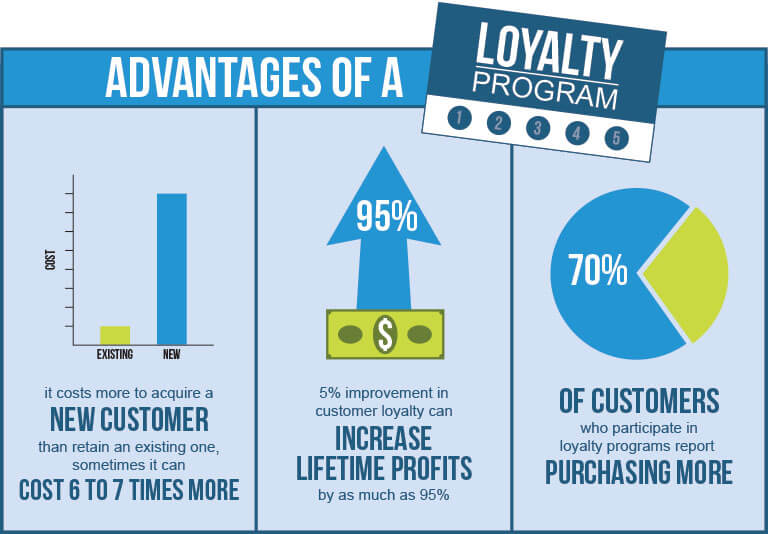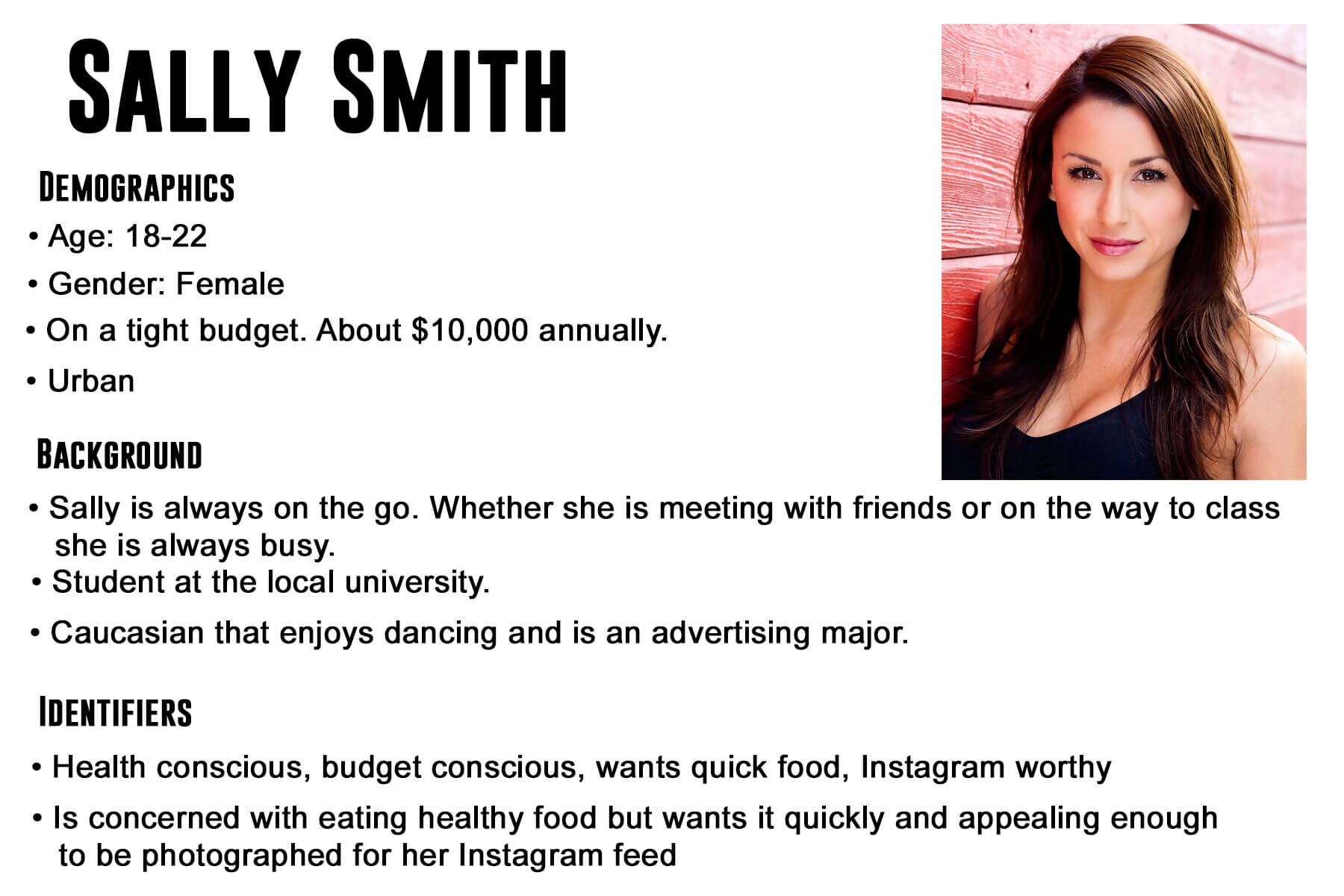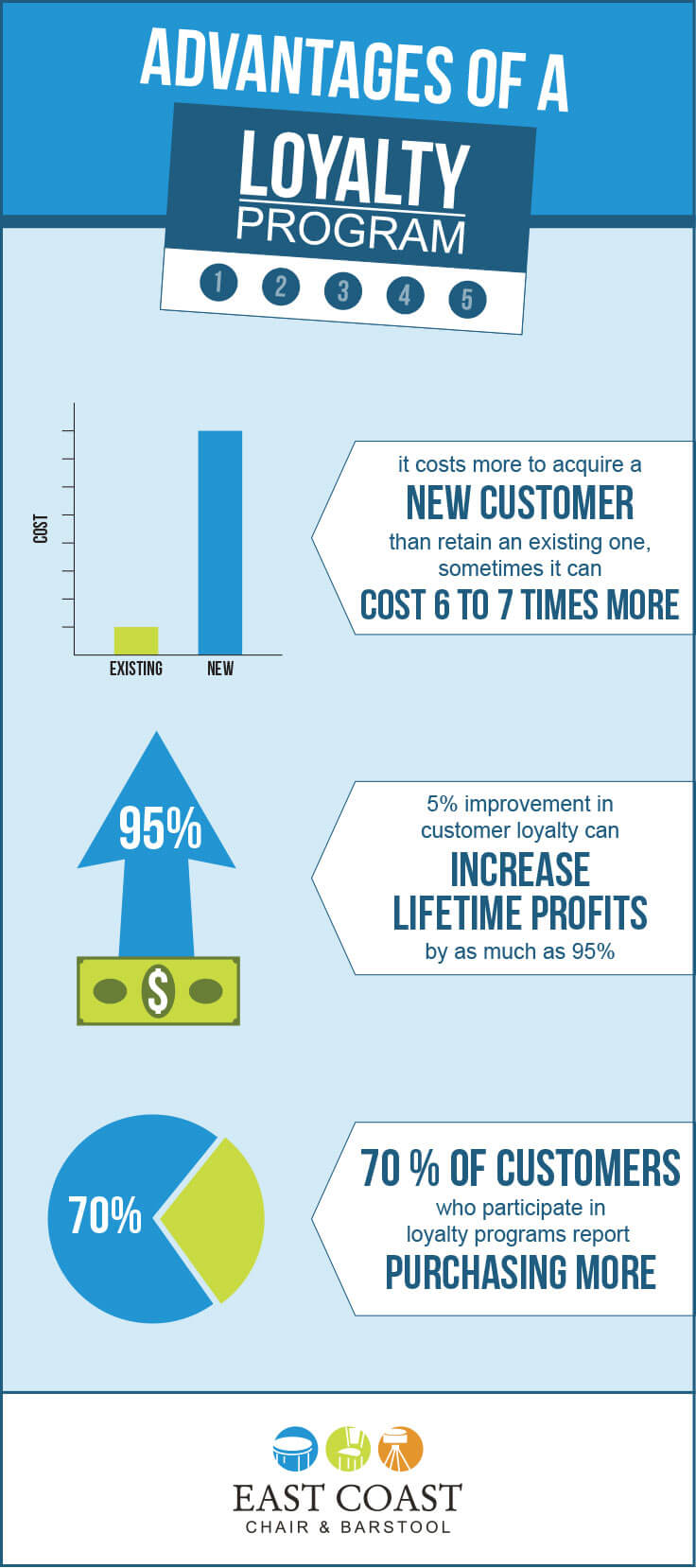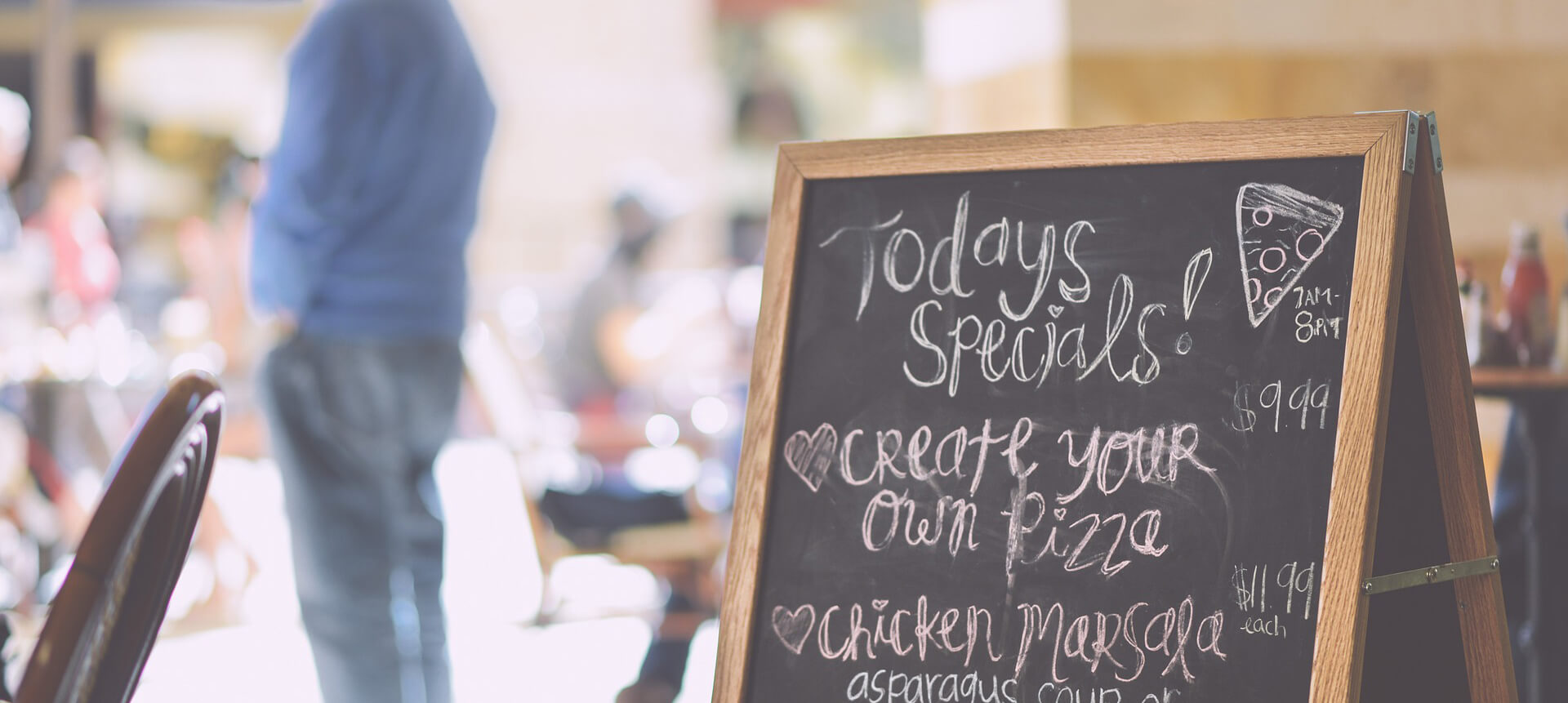The phrase “customer loyalty program” often brings to mind images of punch cards and freebies, but loyalty programs have evolved through the years into so much more. Technology and data mining techniques have turned the programs from cheap promotional tactics into big data goldmines that allow smart establishments to tailor their marketing to each customer. In this article, we’re going to take a look at the different types of loyalty programs, why your restaurant needs one, and the best practices for implementing it.
How it works
In the restaurant industry, there are two basic types of loyalty programs: points based systems or tiered systems. Points-based systems reward customers for dollars spent or frequency of visits, while tiered systems benefit long-time customers by awarding them special access and exclusive opportunities. To determine what type of system would work best at your restaurant, consider which behaviors you would like to reward.
Why You Should Implement a Loyalty Program

The numbers are in and they show that it is much more lucrative to focus on creating loyalty in your customers than gaining new customers. A study by Bain & Company reported that a 5% improvement in customer loyalty can increase lifetime profits by as much as 95%. Even more, a whopping 70% of customers who participate in loyalty programs report purchasing more. New business is great but it costs more to acquire a new customer than retaining an existing one: in some cases, up to 6 or 7 times more.
Some restaurants who have implemented loyalty programs have also seen a reduction in attrition and an increase in referrals.
The kind of loyalty that influences the frequency of a customer’s visits occurs when customers relate to a dining establishment. Take a look at the demographic that you would like to focus on and make sure that your business positioning and processes align with those of that demographic. Creating a customer persona could be helpful during this process. Customer personas are fictional, generalized representations of your ideal customers.
For example, in a college town, your customer persona is probably an early 20-something looking for a meal at the most affordable price point. If you are located in a more family friendly area the persona might look more like someone in their mid-30’s who is willing to spend a little bit more for a higher quality meal.

Return on Investment
Having a loyalty program can also do wonders for collecting customer data. By tracking the items purchased, the frequency of visits, and dollars spent, you can determine the best areas to invest your money. Managers or owners can even take the gathered analytics to analyze the popularity of a dish and determine what other items could be purchased to pair with it and increase sales. For example, if one of your all-time best sellers is a poultry dish, you might want to consider ordering a new chardonnay known to pair nicely with chicken. You’re customers receive a better all-around experience and you see an increase in profits.
These same analytics can be used to analyze customer behaviors, which can then be organized into data to develop promotions that are designed specifically to appeal to a certain group of customers. The ultimate goal is to create motivational offers to influence a customer, increasing the frequency of return visits as well as per-visit spending.
Loyalty Program Best Practices
- Provide an Immediate Incentive
- That instant reward for signing up might be just enough to convince any customers that are on the fence about joining to take the plunge.
- Make it Easy to Join
- Don’t force your target audience to have to scour your website to find your sign-up page. Have it in a highly visible spot as well as talking to your staff about encouraging customers to sign-up in the restaurant. Signing up should take no longer than a few minutes.
- Take only the information you absolutely need
- Customers don’t want to spend their time filling out long surveys just to sign up for your program. Try to limit your questions to essentials like name, birthday, and email address.
- Personalize offerings to members
- Loyalty programs often fail because their offerings are too general. By creating specialized incentives based on what the customer has previously purchased you are more likely to see them walking through your door.
What Not to Do
- Limited Time Offers
- Limited time offers can be a great way to get customers in the door and increase traffic, but these strategies are not enough to create loyal customers. Spending money on these promotions may see an uptick in new customers but these are the same customers who are not likely to return until you run another promotion.
- Don’t Have Customers Wondering if the Rewards Will Work
- Make sure your employees are well versed in redeeming your loyalty system. It can lead to frustration on both sides if customers are trying to use a loyalty program reward and aren’t able to because of faulty programming or a poor system. Your relationship with the customer is the most important thing.
- Don’t Forget to Use the Data
- Customers will expect relevant offers in exchange for the personal information they are providing. It is crucial to make use of the information provided to tailor your message as much as possible.
Loyalty programs may seem like they are geared more towards benefiting the customer but in the end, it is a mutually beneficial relationship. The value of the data gathered, and brand loyalty that is inspired far outweigh the costs of a few perks. By implementing and utilizing a loyalty program your restaurant could see a significant increase in profits.







